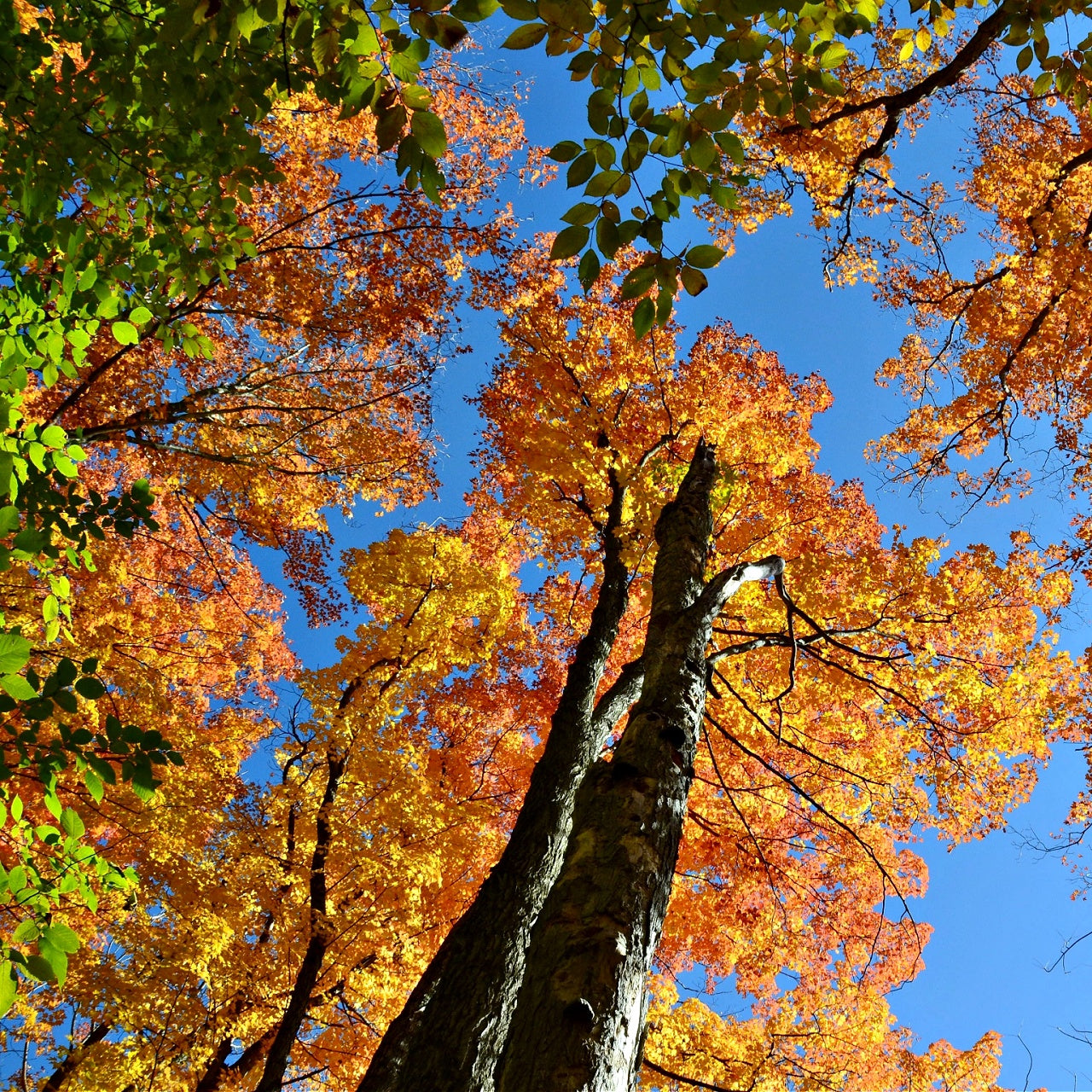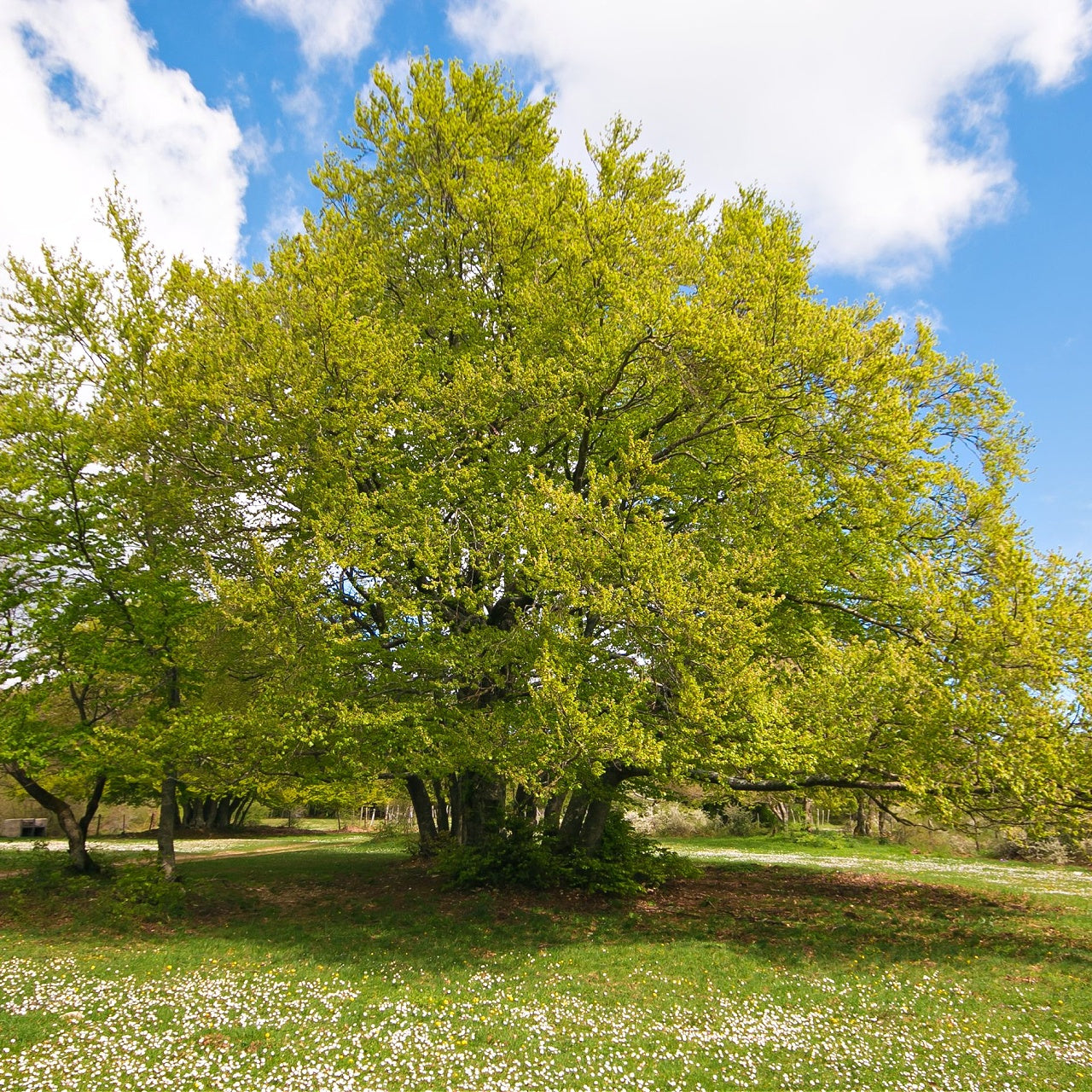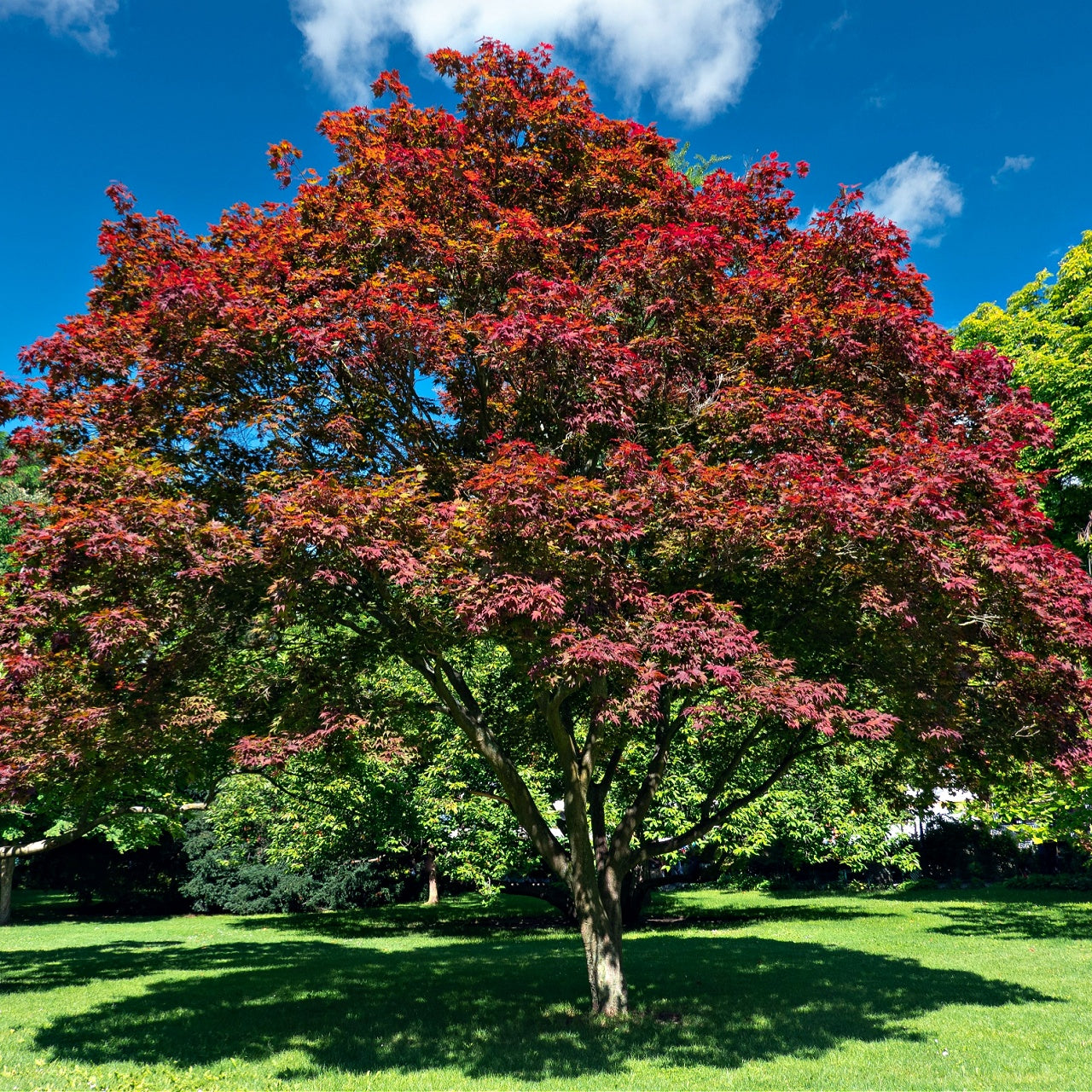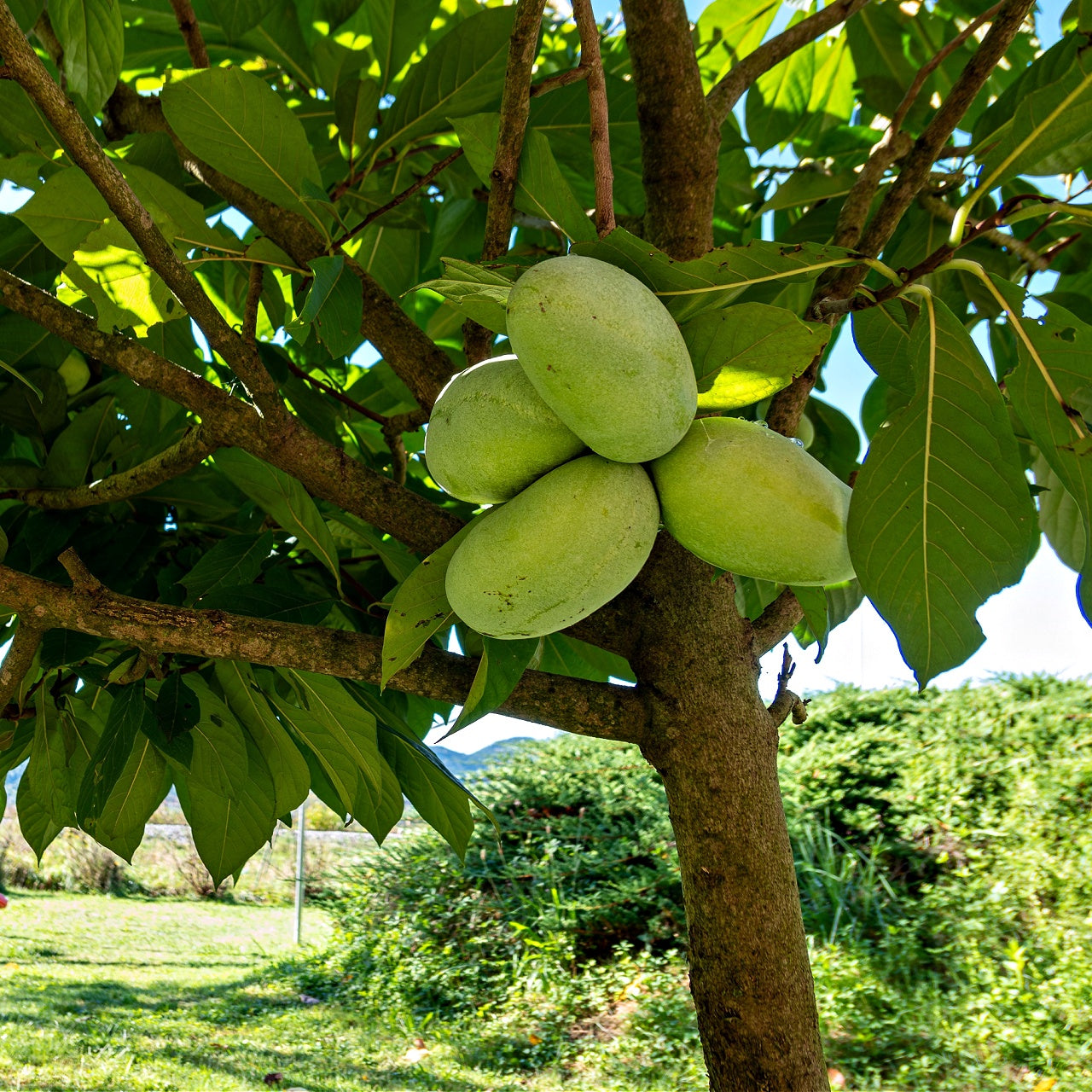
The Role and Benefits of Green Infrastructure
The Role and Benefits of Green Infrastructure
Green Infrastructure: A Sustainable Solution for Urban Challenges
The growth of cities brings population density challenges, climate change impacts, and environmental degradation, leading to the development of green infrastructure as a sustainable solution with significant power. Green infrastructure encompasses interconnected natural and semi-natural systems that deliver crucial ecological functions and help resolve environmental difficulties in urban settings. Urban infrastructure systems include green roofs, permeable pavements, and urban forests and wetlands. Incorporating natural elements into urban planning through green infrastructure enables cities to counteract urbanization problems while improving living conditions for residents.
The Importance of Green Infrastructure in Urban Areas
The majority of urban landscapes contain extensive areas of non-absorbent surfaces like roads, buildings, and parking spaces. Impervious surfaces block water absorption into the earth, which results in heightened stormwater runoff, flooding, and pollution. Green infrastructure resolves urban challenges by integrating natural elements that absorb rainwater while reducing city temperatures and establishing wildlife habitats.
Green infrastructure provides significant advantages through its stormwater management capabilities. Classic gray infrastructure components like drainage systems work by channeling water away from cities, which places excessive strain on sewer systems and results in water pollution in rivers and lakes. Green infrastructure employs natural processes, including infiltration, evapotranspiration, and storage, to capture stormwater, slowing its flow and preventing flooding and water quality degradation.
What causes cities to have higher temperatures than rural areas because of the extensive use of concrete and asphalt materials is reduced through green infrastructure. This is called the urban heat effect. Metropolitan areas that add more green spaces, including parks and green roofs alongside trees, help reduce temperatures while decreasing energy use and enhancing resident comfort. The cooling effect becomes crucial because cities now encounter more frequent and stronger heat waves due to climate change.
Green infrastructure offers vital habitats that support biodiversity by sustaining urban wildlife populations. The city's green spaces form pathways that allow wildlife to traverse urban environments while maintaining ecological equilibrium and protecting species variety. These habitats are essential because they support pollinators, birds, insects, and other species that help maintain ecosystem health.

Key Components of Green Infrastructure
Urban areas can implement several techniques and practices under green infrastructure. Green roofs stand out as a prominent feature of green infrastructure, which utilizes building rooftops to grow vegetation for rainwater absorption and heat reduction while delivering insulation benefits. Green roofs help manage stormwater while beautifying buildings and creating green spaces in urban areas with limited open space.
Permeable pavement is an essential infrastructure element because it permits water to penetrate its surface and seep into the ground rather than flow into storm drains. These solutions benefit areas with extensive impervious surfaces like parking lots and streets. Multiple materials enable permeable pavements, allowing designers to select options such as porous concrete, asphalt, and interlocking pavers.
Urban forests and tree canopy initiatives are fundamental components of green infrastructure systems. Trees in urban areas deliver multiple environmental advantages because they improve air quality while capturing carbon and decreasing noise pollution. Tree shading provides a cooling effect that helps minimize urban heat and creates enjoyable outdoor areas for people in the city. Urban forests can be implemented across public parks, streetscapes, and additional urban spaces to develop environments that support sustainability and enhance livability.
Green infrastructure includes wetlands along with ponds and other aquatic environments. These ecosystems serve as natural stormwater filtration systems that capture harmful pollutants and enhance water quality before reaching rivers and lakes. Wetlands serve as crucial wildlife habitats since they are breeding sites for amphibians and various insects and bird species. Cities can improve water quality and support ecosystem services while increasing biodiversity by developing these habitats in urban settings.
Economic and Social Advantages
Green infrastructure offers environmental sustainability benefits in addition to economic advantages. Green infrastructure components require higher initial installation costs than traditional gray infrastructure but deliver substantial long-term advantages that exceed their initial investment. Green roofs help buildings last longer because they shield roof membranes from ultraviolet light and temperature changes, which leads to decreased maintenance expenses. Green infrastructure functions as natural insulation, cutting down energy expenses by minimizing the demand for heating and cooling systems.
Green infrastructure delivers substantial quality-of-life enhancements to people living in cities. Green space accessibility promotes better mental health outcomes and higher physical activity levels while strengthening social bonds among people. Residents benefit from enhanced community connections and personal well-being by accessing recreational and relaxation spaces like urban parks, green roofs, and tree-lined streets. Green spaces create learning environments for environmental education that foster greater awareness about sustainable practices and conservation efforts.
Areas rich in green spaces benefit from economic growth because green infrastructure attracts businesses and tourists. Maintaining parks and green streetscapes increases their visual attractiveness, which boosts property values and promotes community investment. Urban design that includes green infrastructure enables cities to build vibrant and attractive neighborhoods while promoting economic growth and community vitality through resilience.
The Future of Green Infrastructure
The expansion of cities, alongside the mounting challenges from climate change, resource depletion, and environmental damage, increases the urgency for sustainable solutions such as green infrastructure. Urban planning must incorporate green infrastructure as a fundamental element to develop resilient cities that accommodate climate change while delivering excellent living standards for their inhabitants. Cities implementing green infrastructure will progress toward sustainability while enhancing public health and conserving natural resources for future generations.
Sustained innovation, collaborative efforts, and increased investment will determine the future of green infrastructure. Urban areas adopting green infrastructure will demonstrate clear advantages that lead to sustainable city living and balanced environmental conditions.






